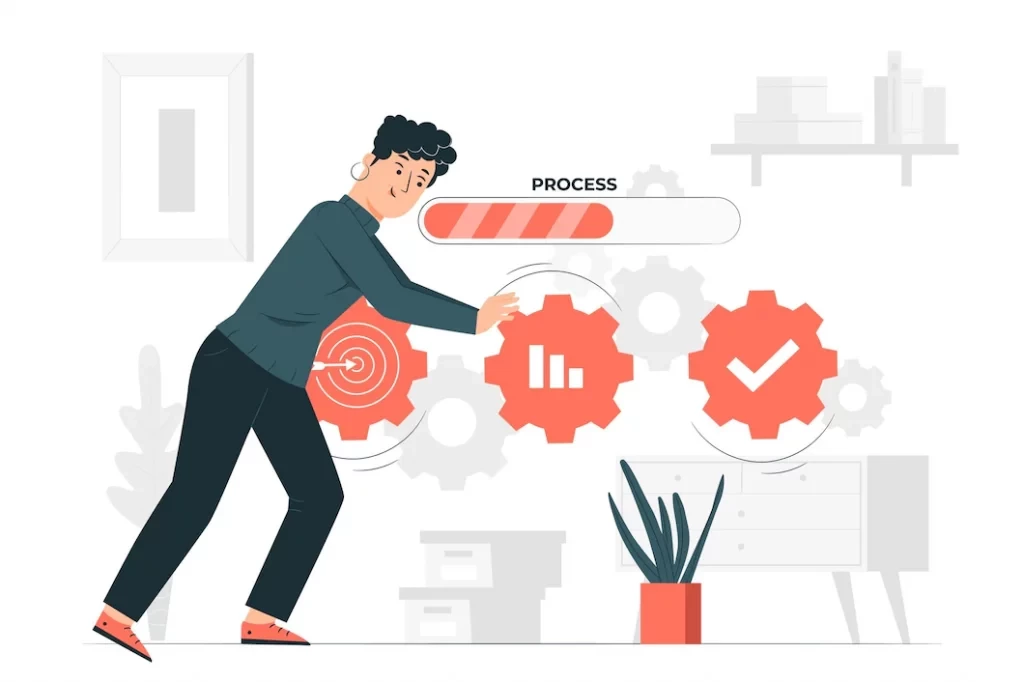Increase Your SEO Growth Through CTR Manipulation
The value of click-through rate (CTR) in the world of Search engine optimization can not be overemphasized, as it offers as a crucial sign of user engagement and material efficiency. By comprehending and manipulating CTR via critical improvements-- such as enhancing title tags and crafting convincing meta descriptions-- marketing experts can cultivate increased presence and organic growth.
Comprehending Click-Through Rate
Click-through rate (CTR) is a vital metric in digital advertising, standing for the portion of customers that click a details web link contrasted to the overall number of customers who see a web page, email, or ad. This statistics works as an essential indication of exactly how successfully material engages its target market. A greater CTR recommends that the content reverberates with individuals, tempting them to do something about it, while a reduced CTR might show an absence of significance or rate of interest.
Understanding CTR entails identifying its components and the aspects that influence it (CTR Manipulation). Numerous aspects, such as engaging headlines, appropriate key words, and critical call-to-action positionings, play a considerable duty in boosting CTR. Additionally, the context in which the link exists-- whether in an online search engine outcome, an e-mail campaign, or social media-- can impact customer interaction levels
Checking CTR with time permits online marketers to analyze the performance of different strategies and make educated decisions to optimize their campaigns. By examining patterns and trends in CTR data, organizations can improve their content approaches, target certain audience segments, and ultimately enhance their digital advertising and marketing efficiency. Therefore, a thorough understanding of CTR is essential for driving successful advertising and marketing initiatives.
Value of CTR in SEARCH ENGINE OPTIMIZATION
The relevance of click-through price (CTR) extends beyond customer engagement; it is also a crucial element of search engine optimization (SEARCH ENGINE OPTIMIZATION) CTR acts as an indicator of just how well a website's content resonates with its target audience. A greater CTR suggests that the internet site is supplying relevant and compelling info, which can cause boosted organic positions.
Internet search engine, specifically Google, carefully check CTR as part of their algorithms. A web page with a high CTR signals to internet search engine that the material is important and credible, potentially increasing its position in search engine result. Conversely, low CTRs might show that users do not locate the content appealing, bring about lower positions.
In addition, CTR can affect the total user experience, as it shows the effectiveness of meta titles and descriptions in attracting clicks - CTR Manipulation. This correlation between user habits and search engine performance underscores the significance of optimizing both material and discussion to enhance CTR
Strategies for CTR Improvement
Improving click-through rates (CTR) requires a strategic strategy that incorporates numerous strategies focused on enhancing visibility and appeal in search engine result. One reliable technique is enhancing title tags and meta summaries. Crafting compelling, keyword-rich titles and summaries can draw users' focus, making them more probable to click on your link.

In addition, think about A/B screening different headlines and descriptions to identify which variations reverberate finest with your audience (CTR Manipulation). This data-driven strategy makes it possible for continuous optimization based on customer choices
Including numbers, concerns, or emotional triggers in your titles can also significantly improve CTR. For instance, titles that position interesting questions commonly force customers to click to find solutions.
Finally, making certain mobile-friendliness is important, as an enhancing number of individuals access the internet via smart navigate to this website phones. A receptive design enhances customer experience, leading to greater interaction prices. By implementing these methods, you can effectively increase your CTR, eventually contributing to your overall search engine optimization success.
Analyzing Individual Actions
Understanding user habits is basic for optimizing click-through rates and boosting total SEO performance. By analyzing how individuals interact with search outcomes, brands can obtain valuable understandings into what drives involvement. Secret metrics such as time invested in web page, bounce rates, and navigating patterns brighten customers' preferences and pain factors, enabling targeted improvements.
To properly assess individual habits, it is necessary to utilize devices like heatmaps and session recordings. These tools reveal where customers click most often and just how they navigate with content. Furthermore, customer studies and responses devices can provide qualitative information that additionally elucidates preferences and motivations.
Division of user demographics additionally plays a critical role in recognizing behavior. By classifying customers based upon factors such as age, area, and passions, online marketers can customize web content and headings to meet specific audience demands. This targeted approach not only improves customer fulfillment but additionally enhances the possibility of clicks.
Inevitably, a thorough analysis of user actions equips marketing experts with the understanding essential to craft compelling titles and summaries, ultimately driving higher click-through rates and enhancing SEO approaches. Involving users from the start lays the foundation for continual website traffic and improved search engine exposure.
Measuring CTR Success
Determining click-through rate (CTR) success is critical for evaluating the efficiency of search engine optimization approaches. CTR acts as a vital efficiency indicator, showing weblink exactly how well your content resonates with customers and motivates them to involve with your site. To accurately analyze CTR success, it is necessary to track metrics gradually, contrasting changes before and after executing certain SEO techniques.
Begin by making use of analytics devices, such as Google Analytics or Look Console, to collect data on natural search performance. Concentrate on identifying the CTR for specific keyword phrases, web pages, or projects to determine locations for renovation. A high CTR shows that your title tags and meta summaries are compelling, while a reduced CTR may recommend the demand for refinement.
On a regular basis examining and maximizing your strategy based on these insights not only improves CTR however additionally adds to overall website presence and ranking. Eventually, a thorough approach to gauging CTR success equips online marketers to make data-driven decisions that cultivate continual Search engine optimization growth.
Conclusion
